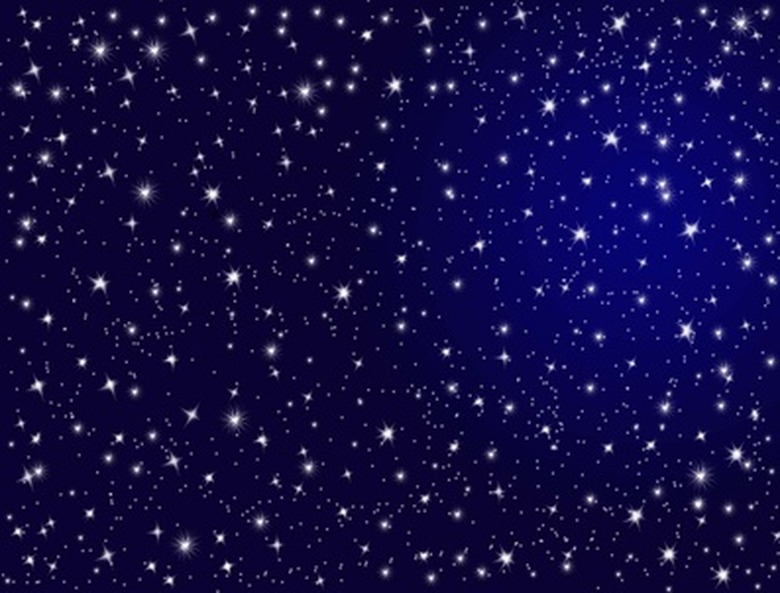How To Find Pleiades
Pleiades, also known as M45, is the brightest open constellation seen in the night sky. It is a grouping of stars in the Taurus constellation and has always been visible from earth. Seven of the stars in the grouping are visible to the naked eye, but the entire constellation has more than 1,400 stars. The name comes from the early Greeks who referred to the constellation as the Pleiades, or the Seven Sisters, who were daughters of Atlas and Pleione. These stars are mentioned three times in the Bible and are linked to origin stories for many American Indian tribes.
Step 1
Plan on stargazing on a dark night. Avoid nights with moonlight, and get as far away from light pollution as you can.
Step 2
Face north and find the Orion constellation. Commonly known as the Hunter, the stars of this constellation are located along the celestial equator. Three stars in the middle of the constellation form Orion's Belt.
Step 3
Locate Betelgeuse, Orion's brightest star. It is above the first of the three stars that form Orion's Belt. Then locate the star Aldebaran in Taurus. It is a bright star in line with Betelgeuse but off to the right. Draw an imaginary line between Betelgeuse and Aldebaran.
Step 4
Extend the imaginary line again so that it is now twice as long and approximately 10 degrees higher than Aldebaran. End the line when you come to a cluster of bright stars close to each other. This is the Pleiades Constellation.
Step 5
Spot six to nine of the stars in this grouping. You should be able to seem them without aid. With binoculars you should be able to see up to 14 stars. Telescopes are not recommended for viewing the Pleiades as a telescope actually limits what you can see of this particular constellation.
Things Needed
- Clear night sky
- Binoculars (optional)
TL;DR (Too Long; Didn't Read)
In the northern hemisphere, the best time to look for the Pleiades is late fall, winter, and early spring.
Cite This Article
MLA
Sweeny-Justice, Karen. "How To Find Pleiades" sciencing.com, https://www.sciencing.com/pleiades-6465018/. 24 April 2017.
APA
Sweeny-Justice, Karen. (2017, April 24). How To Find Pleiades. sciencing.com. Retrieved from https://www.sciencing.com/pleiades-6465018/
Chicago
Sweeny-Justice, Karen. How To Find Pleiades last modified March 24, 2022. https://www.sciencing.com/pleiades-6465018/
